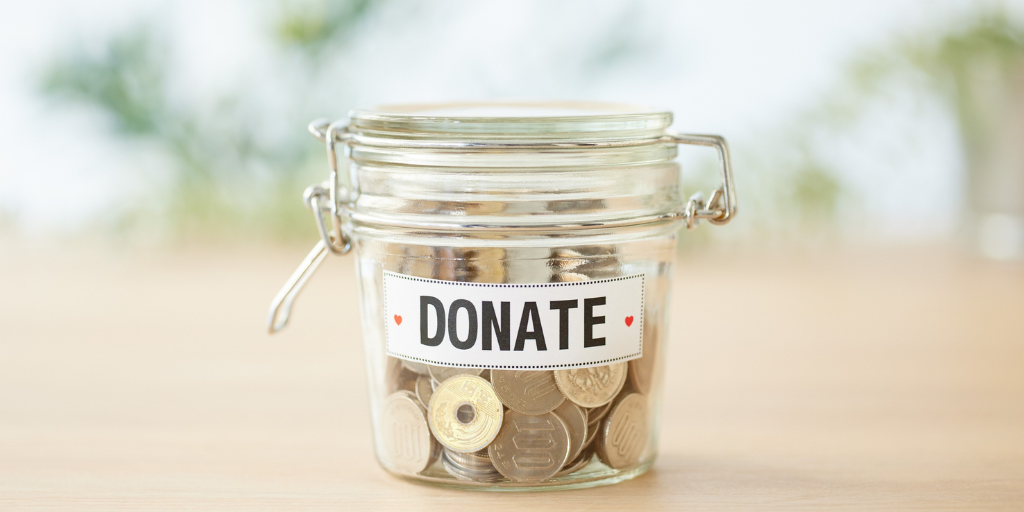Effective donor relations are about more than a polite thank-you note. It’s the ongoing nurturing of relationships that turns one-time nonprofit givers into lifelong supporters. Donor relations involve engaging donors beyond the donation itself, communicating your impact regularly and making every supporter feel valued. Nonprofits that excel at engagement (for instance, by using impactful storytelling) have a donor retention rate of about 45%, compared to just 27% for organizations that don’t emphasize these practices. In an era where donors have countless causes to choose from, strong donor relationships are necessary for standing out and sustaining your mission over the long term.
Prioritizing Donor Engagement
Donor engagement means actively involving donors in your cause and keeping their interest alive after the initial gift. Engaged donors are more likely to continue giving and even increase their support over time. Unfortunately, many nonprofits struggle with retention, and too often, a generous first-time donor never gives again. The good news is that engagement efforts can change this. For example, sharing meaningful stories about how donations make a difference can significantly improve donor retention.
Engagement can take many forms: inviting donors to events, encouraging volunteering, providing behind-the-scenes updates or creating opportunities for donors to connect with your beneficiaries. It’s also important to recognize shifting demographics in philanthropy. Younger generations like Gen Z are highly socially conscious but may contribute in smaller amounts or through volunteerism. Not overlooking these modest donations and keeping these younger donors involved and appreciated lays the groundwork for the future support base of your organization.
In short, treating every donor interaction as the start of a long-term relationship will help nurture loyalty and commitment to your cause.
Communication Strategies that Build Trust
Open, consistent communication is at the heart of effective donor relations. Donors want to know that their contributions matter, and it’s up to your organization to show them. Communication strategies for strong donor relations include:
Timely Thank-Yous and Updates:
A prompt, heartfelt thank-you message after each donation is a must. Follow that with regular updates about how funds are being used and the impact achieved. This transparency is crucial; donors appreciate knowing exactly where their money is going and the real-world outcomes it’s driving.
Sharing success stories, photos or statistics (for example, how many people were helped by a program) keeps donors emotionally invested in your mission. In fact, combining storytelling with concrete data in your communications not only captures attention but also builds trust and improves donor retention.
Consistent Omnichannel Outreach:
Meet your supporters where they are. Use a mix of email newsletters, social media, direct mail, phone calls and text. An omnichannel approach ensures you reach donors of all preferences, whether it’s the supporter who enjoys reading email updates or the one who prefers a quick phone chat.
Establish a communications calendar so donors hear from you regularly (for example, monthly impact updates and quarterly newsletters), without overwhelming them. Encourage two-way communication as well. Solicit feedback and invite questions; donors who feel heard and involved will deepen their connection with your nonprofit.
Responsive and Accessible Service:
Donor communication is not just about outbound messages. It includes being available when donors reach out to you. If a donor or potential donor calls with a question or an issue, how quickly and warmly is that call answered? Research shows that nearly 26% of calls to organizations never get answered. Now imagine a would-be donor trying to contact your organization and reaching a dead end. The missed opportunity isn’t just one donation, but potentially the loss of a lasting relationship. Many will disengage from an organization with poor responsiveness.
Ensuring that donors can easily get in touch and receive a friendly, helpful response reinforces your reliability and shows donors that their support is valued every moment, not just when donations are coming in.
Data Stewardship and Donor Trust
Behind every successful donor relations program is careful data stewardship. Nonprofits collect a wealth of information about their donors—contact details, donation history, communication preferences and even personal stories. How you manage and use this data can either strengthen or undermine donor relationships.
Responsible data stewardship means maintaining accurate records, protecting privacy and using donor information to better serve your supporters’ needs. Implement secure systems for storing payment information and personal details, and ensure your organization complies with relevant data protection regulations. A data breach or misuse of information can severely damage donor trust. On the flip side, being transparent about your data practices can enhance confidence by letting donors know that you respect their privacy and will never share their contact information without permission.
Good data stewardship also enables more meaningful engagement. By keeping records up-to-date, you can remember each donor’s history and preferences. For example, tracking a donor’s past contributions and interests allows you to tailor future communications, such as sending updates about programs they’ve donated to before. It also means avoiding missteps like misspelling names or sending redundant requests.
Making Donors Feel Valued With Personalized Outreach
One-size-fits-all messaging is a thing of the past. Today’s donors expect personalized outreach that acknowledges them as individuals, not ATMs. On a basic level, personalization means using the donor’s preferred name and correctly referencing their past engagement. Addressing an email “Dear John” and mentioning “thank you for your $100 donation last spring” creates a far warmer impression than a generic form letter.
Beyond this, personalization should extend to the content you share. If you know donors are particularly interested in a certain program or aspect of your work, highlight that in your communications. For instance, a donor who funded your animal shelter renovations would likely love updates on how those improvements helped more pets find homes. Segmentation is a powerful technique here. Group your donors by relevant categories such as first-time donors, monthly givers, major donors, lapsed donors, etc., and tailor your outreach to each group’s interests and needs. New donors might receive a welcome series explaining your mission and impact, while long-time donors could receive invitations to exclusive materials or events.
Even small gestures can have major effects. A quick, personal phone call to thank a donor can leave a lasting impression and significantly improve the chances of a second gift. In fact, experts have found that thank-you calls and personalized acknowledgments can substantially improve donor retention rates.
Strengthening Donor Relations With Contact Center Support
Maintaining strong donor relationships takes time, attention and consistency—something that gets harder as your donor base grows. That’s where a trusted partner like AnswerNet Nonprofit can help. As a dedicated nonprofit contact center, we act as an extension of your team, providing 24/7 omnichannel support across phone, email, text, AI chatbot and more. Every interaction is handled by trained representatives who reflect your mission, ensure no message goes unanswered and deliver a warm, personalized experience that builds trust. We free up your internal team to focus on in-person stewardship and strategy, while our team helps you retain donors and elevate your fundraising outcomes.






